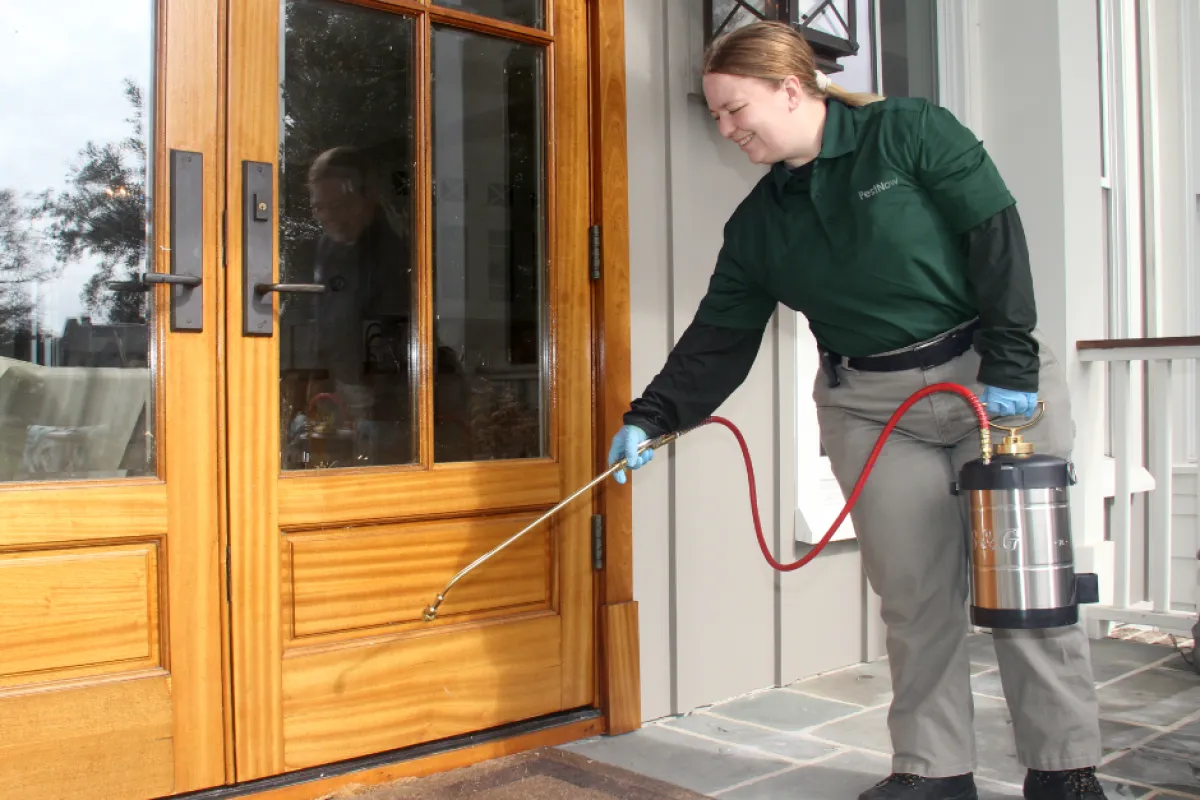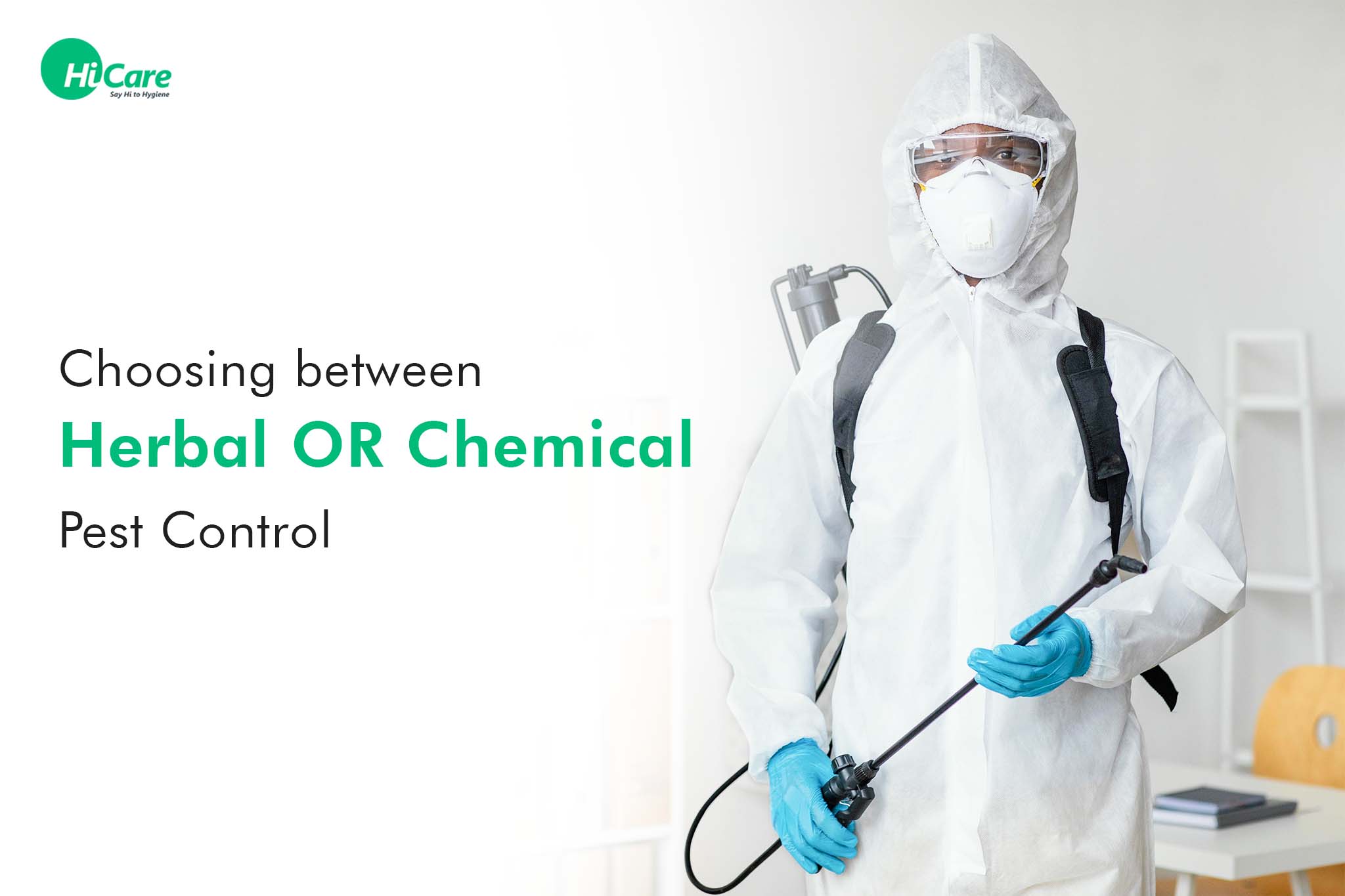Experienced A1 Exterminators Charlotte NC - Rapid and Trusted Solutions
Experienced A1 Exterminators Charlotte NC - Rapid and Trusted Solutions
Blog Article
Bed Pest Therapy Failure: Contrasting Chemical Vs. Non-Chemical Solutions
In the realm of insect control, specifically when taking care of the relentless issue of bed insects, the option between chemical and non-chemical therapy services can be a critical one. Both strategies use distinctive advantages and disadvantages, influencing elements such as performance, safety factors to consider, and total expense. By analyzing the nuanced information of each approach, a clearer understanding of which course to go after in addressing a bed pest infestation can be attained.
Performance of Chemical Treatments
Chemical therapies for bed insect problems have actually been widely acknowledged for their rapid and powerful efficiency in eradicating these insects. When taking into consideration the effectiveness of chemical therapies, it is important to recognize that they can supply a complete and quick service to a bed insect trouble. Specialist pest control specialists usually rely upon insecticides to target bed pests at numerous phases of their life cycle, including nymphs, adults, and eggs. These chemicals typically work by interrupting the bed bugs' nerves, bring about paralysis and ultimate death.
Furthermore, chemical treatments have the benefit of offering recurring effects, meaning that they can continue to remove bed bugs even after the first application. This residual activity is particularly advantageous in combating any kind of prospective re-infestations. Furthermore, the fast activity of chemical treatments can bring relief to people encountering severe bed insect infestations, enabling them to reclaim control of their living rooms quickly.
Safety And Security Worry About Chemical Solutions
One critical element that calls for cautious factor to consider when using chemical options for bed insect therapy is guaranteeing the safety of passengers and the atmosphere. Exposure to particular chemicals used in bed insect treatments can lead to breathing problems, skin inflammation, or various other negative reactions, specifically in individuals with pre-existing conditions or sensitivities.
Moreover, the environmental effect of chemical services is another considerable factor to consider. Some pesticides made use of in bed bug treatments may be unsafe to advantageous insects, wild animals, and environments if they leach right into the dirt or water systems. It is necessary to make use of chemical therapies carefully, adhering to safety guidelines, and considering much less harmful options to alleviate these dangers and ensure the safe and reliable management of bed bug problems.
Advantages of Non-Chemical Techniques
Thinking about the prospective safety problems and environmental impact connected with chemical options for bed bug therapy, exploring non-chemical approaches offers a promising choice with numerous unique advantages. Non-chemical treatments are environmentally pleasant, as they do not add to air or water air pollution, making them a lasting option for bug control.
Furthermore, non-chemical remedies can be effective in targeting bed pests, consisting of hard-to-reach areas where chemical therapies may not pass through. Techniques such as warm therapy, vacuuming, steam cleaning, and cushion encasements supply comprehensive removal without using hazardous chemicals. Furthermore, non-chemical approaches can be much less turbulent, needing minimal preparation and enabling for quicker reentry right into dealt with how to do pest control areas. Overall, going with non-chemical bed pest therapy approaches not only prioritizes security and environmental management but additionally guarantees reliable and extensive pest control.
Limitations of Non-Chemical Treatments

Furthermore, non-chemical therapies often need multiple applications to achieve successful elimination. This can be lengthy and might not always ensure total removal of all bed bugs and their eggs, specifically in hidden or hard-to-reach locations.
In addition, the success of non-chemical treatments greatly depends on appropriate implementation and thoroughness, which can be challenging for individuals without professional proficiency. Poor application of non-chemical methods may lead to incomplete eradication, bring about consistent problems and the requirement for extra therapies.
As a result, while non-chemical therapies have their benefits, it is crucial to recognize these limitations and consider them when identifying one of the most reliable method for handling bed insect problems.
Price Contrast: Chemical Vs. Non-Chemical Options
Provided the restrictions associated with non-chemical treatments, a necessary aspect to review in the context of bed pest monitoring is the expense comparison in between chemical and non-chemical choices. In comparison, non-chemical treatments like heat therapy or steam can be much more costly, with prices ranging from $1,000 to $6,000 for a whole home. While the initial expense of chemical treatments might seem lower, several therapies may be required to fully eradicate pest control ca the problem, possibly raising the total price.
Final Thought

Taking into consideration the potential security concerns and ecological impact connected with chemical services for bed insect therapy, discovering non-chemical techniques offers an encouraging alternative with numerous distinct advantages.Given the constraints connected with non-chemical therapies, a vital facet to examine in the context of bed insect management is the expense contrast in between chemical and non-chemical alternatives. In contrast, non-chemical therapies like heat therapy or heavy steam can be extra costly, with prices ranging from $1,000 to $6,000 for a whole home. While the preliminary cost of chemical treatments may appear lower, several therapies may be needed to fully remove the infestation, possibly boosting the general expense.In verdict, when contrasting chemical and non-chemical bed bug therapy choices, it is crucial to think about effectiveness, safety and security, benefits, constraints, and price.
Report this page